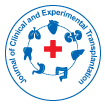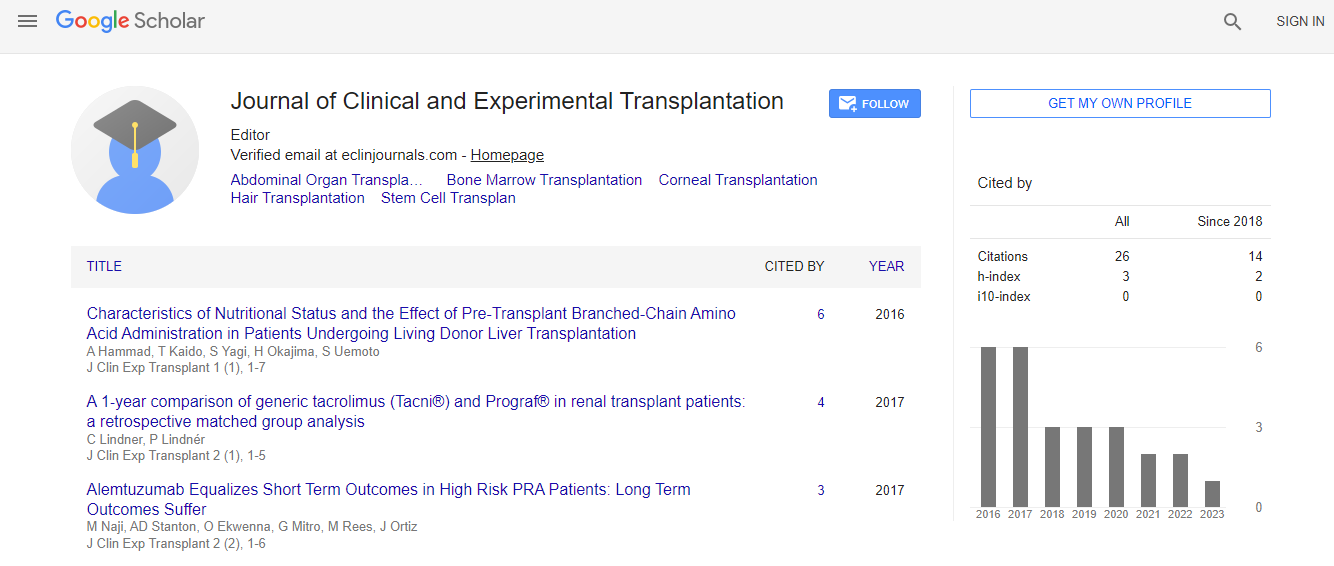Transforming Transplantation Surgery: Cutting-Edge Techniques and Emerging Trends
*Corresponding Author:Received Date: Nov 01, 2024 / Published Date: Nov 30, 2024
Copyright: © 0 . This is an open-access article distributed under the terms of the Creative Commons Attribution License, which permits unrestricted use, distribution, and reproduction in any medium, provided the original author and source are credited.
Abstract
Transplantation surgery has evolved significantly over the past few decades, driven by advancements in medical technologies, surgical techniques, immunology, and patient care. This comprehensive review explores the most notable progressions in the field of transplantation, with an emphasis on the latest surgical procedures, organ preservation methods, and immunosuppressive therapies that have improved patient outcomes. Key innovations include minimally invasive surgical approaches, the development of personalized immunosuppressive regimens to reduce rejection, and the use of advanced tissue engineering for organ regeneration. The integration of artificial intelligence (AI) and robotics has further revolutionized surgical precision and post-operative care. Additionally, the review highlights the ethical, logistical, and societal challenges that continue to shape the landscape of transplantation, including donor organ shortages and the complexities surrounding transplant eligibility. As the field progresses, these advancements not only enhance survival rates but also significantly improve the quality of life for transplant recipients.

 Spanish
Spanish  Chinese
Chinese  Russian
Russian  German
German  French
French  Japanese
Japanese  Portuguese
Portuguese  Hindi
Hindi 
